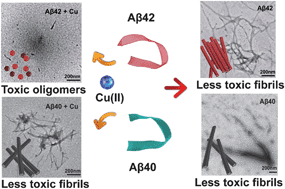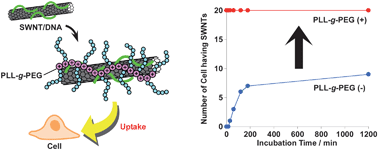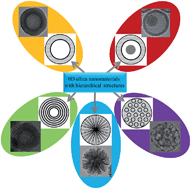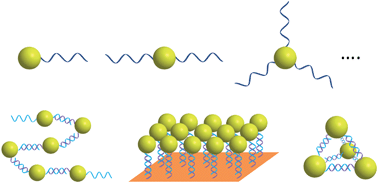Inspired by the feeding tube of butterflies, US scientists have made a flexible and porous artificial proboscis that could be used to collect tiny liquid samples. The probe can be operated remotely to collect hazardous liquids.
Konstantin Kornev from Clemson University and his team wanted to find a way to sample miniscule amounts of liquid. They needed a probe that would be flexible and easy to manipulate. After seeing the effective way that butterflies and moths suck up their food using proboscises, they decided to make an artificial version.
‘A proboscis has two types of pores: very small to draw the liquid in and large, to transport the liquid as pipes would do,’ says Kornev. To mimic this system, the team made a bundle of porous polymer fibres and twisted them into a yarn using a new electrospinning technique. Electrospinning works by charging a liquid medium and accelerating it from a high electrical potential to a lower one to produce long fibres. The new part of the technique involves collecting the fibres with rolled brushes that act as arms. The arms are then spun in opposite directions to make a yarn. ‘Twisting these fibres into a yarn was a challenge,’ says Kornev. The yarn’s large interfibre pores provide rapid wicking and the small pores provide a strong capillary action.
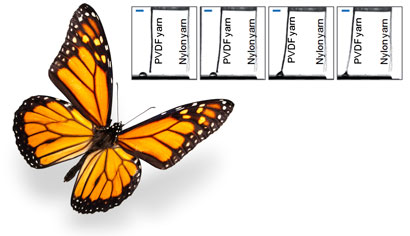
Mimicking a butterfly proboscis: the diagram shows the artificial proboscis absorbing a droplet. The solid black fibre on the left is the artificial proboscis; the grey fibre on the right is a nylon yarn
To manipulate the proboscis so it could be directed to its target – a droplet or even a single cell or gland – Kornev embedded magnetic particles into the porous polymer so that it could be controlled by applying an electric or magnetic field. With this flexibility, the proboscis can be attached to a microfluidic device for sampling hard to reach areas, in sensors or in forensic probes, or to sample hazardous substances.
Joshua Edel, an expert in nanobiotechnology from Imperial College London, comments: ‘They are one of the first groups to develop nanoporous flexible probes that work as artificial proboscises. Assuming they can be made in a reproducible manner, I see no reason why this system would not have commercial implications.’
‘We developed a special automated technique to make reproducible proboscises,’ says Kornev, who is now working on adding a sensing function to the proboscises in the hope of developing a probe that can sample and analyse minute amounts of fluids.
Holly Sheahan
Read the paper from Nanoscale:
Nanoporous artificial proboscis for probing minute amount of liquids
Chen-Chih Tsai, Petr Mikes, Taras Andrukh, Edgar White, Daria Monaenkova, Oleksandr Burtovyy, Ruslan Burtovyy, Binyamin Rubin, David Lukas, Igor Luzinov, Jeffery R. Owens and Konstantin G. Kornev
Nanoscale, 2011
DOI: 10.1039/c1nr10773a












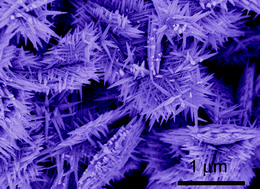 Novel Zn-Sn-O nanocactus films, synthesized by a simple hydrothermal method, display overall power conversion efficiencies (PCEs) of 2.21 per cent when used as the photoanode of dye-sensitised solar cells. After treatment with TiCl4 the PCE rises to 6.62 per cent, comparing favourably with P25 DSSCs (6.97 per cent).
Novel Zn-Sn-O nanocactus films, synthesized by a simple hydrothermal method, display overall power conversion efficiencies (PCEs) of 2.21 per cent when used as the photoanode of dye-sensitised solar cells. After treatment with TiCl4 the PCE rises to 6.62 per cent, comparing favourably with P25 DSSCs (6.97 per cent).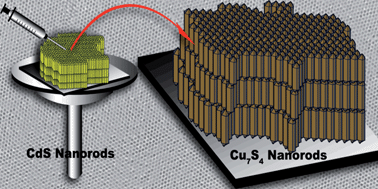
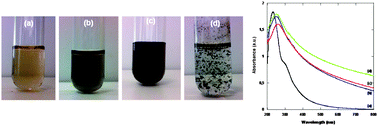
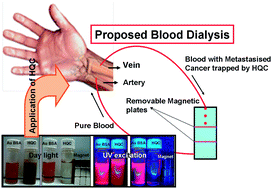 Scientists from India have made blood compatible “hybrid quantum clusters” (HQCs) by combining fluorescent gold clusters with iron-containing superparamagnetic nanoparticles.
Scientists from India have made blood compatible “hybrid quantum clusters” (HQCs) by combining fluorescent gold clusters with iron-containing superparamagnetic nanoparticles.